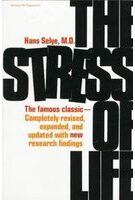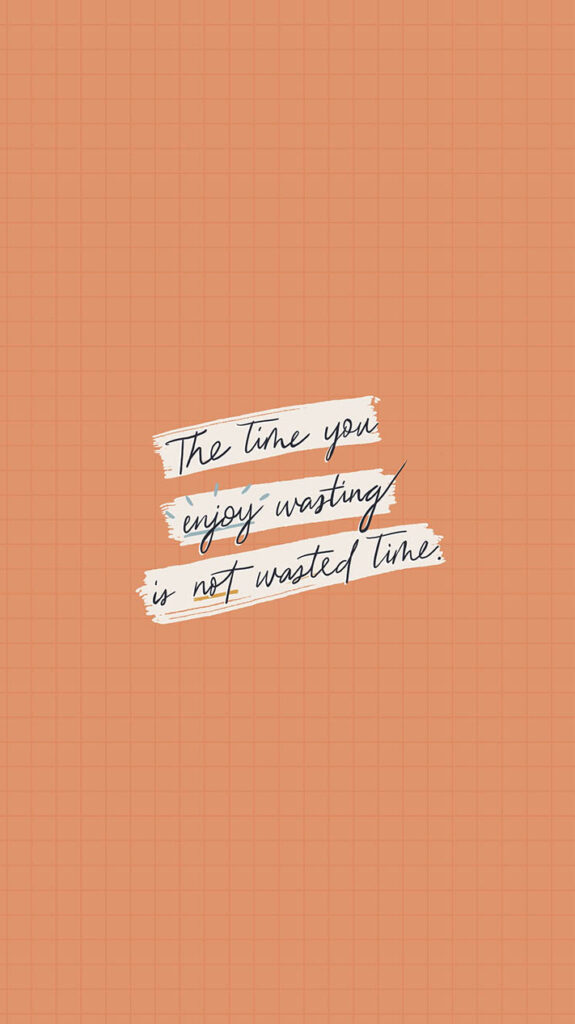Reading time: 7-8 minutes
“Are you under a lot of stress?”
As a kinesiologist, I can answer this well-meant question for all of us: YES! It is virtually impossible in the modern world, typically far from nature, to not be under a lot of stress. Whereas it is often implied about our work or a very explicit and visible (even traumatic) situation, that’s not all stress is… Stress is everywhere, has many faces and has become so “normal” in our everyday lives that we tend to underestimate – until it is not manageable. Then, when already overwhelmed, trying to de-stress sometimes seems impossible… Like preparing for a much needed holiday making the need worse!
But what is stress?
Before Hans Selye’s groundbreaking work on stress, the concept of stress had a different meaning and was primarily associated with physics and engineering where it referred to the force or pressure exerted on an object. The concept of stress was not widely applied to human psychology and physiology as it is today.
It wasn’t until Hans Selye’s research from the 1930’s that stress became a widely recognized and studied concept in the field of psychology and medicine. As doctor of his time, also referred to as the “father of stress research”, he started from observation – and as specifically an endocrinologist, from the hormones now well known to be clearly related to stress: cortisol and adrenalin. His Stress theory is mainly focused on negative response to stressors – distress more than eustress. This is similar to how we use the word today.
Hans Selye’s work on stress is closely related to the concept of homeostasis. Homeostasis refers to the body’s ability to maintain a stable and balanced internal environment, despite external changes and stressors. It involves a dynamic process of regulating various physiological parameters within a narrow range to ensure our optimal functioning. Hence, stress is being pushed out of the sensitive balance of homeostasis.
Following Selye’s work, kinesiology also considers stress is too much or too little of something. Viewed that way, it is not specific to work or trauma – it is everywhere! See the sensory and information overload we face every day, the long stretches of concentration and work from childhood… It is a sustained “too much” for our nervous system. On the other hand, the number of one-person households is higher than ever. Working from home is booming. Humans designed as social beings, there is a “too little” of connection and belonging in our lives. (Expats, raise your hand!) As we are resistant and adaptable, we can cope and disregard many such factors – our body, however remembers. The one too many trigger or missed good word has weight and trace, even more so in high sensitive people and children, and can be the last straw.

So we de-stress…
To maintain (or regain) our mental and physical wellbeing in a fast-paced world, we try to destress. All of the efforts recommended – sports, meditation, creative outlets – even though effective, require… effort. And we tend to reach for such effort when we are already exhausted! When do we fit in the regular exercise in our already packed agenda? How do we prepare to leave everything in order before that holiday when we are already running on empty? How do we integrate a mindfulness course when we are already overstimulated?
Don’t get me wrong, I’m all for exercise, meditation, regular rhythm and the like! As an alternative care professional I will be the first to advocate for lifestyle adjustment! I’m not for fighting fire with fire, too much with even more, though. I am a believer of perfection not being attainable or helpful for that matter.
What is wrong with that?
The catch is: destressing is like dieting. When the need hits us, it is usually already a sign we have ignored our needs for too long, when we “just can’t anymore“, exhausted, if not burnt out. But on both, we can’t just hit some “undo” button!
In other cases, the perfectionists, who just have to fit it all: the meditation, the exercise, the digital detox… It is similar to orthorexia: chasing health can become an obsession, even a pathology – thus less healthy.
So what CAN we do?
Just like instead of diets, sustainable lifestyle change is advisable, it is similar in case of stress. Where do we start?
1. If planning those much needed holidays, a couple of things to consider:
- Plan holidays of 3 consecutive weeks! Not to be able to travel further though – feel free to get bored first! Various studies have shown that most of us need 4 days to actually unwind first. Have you had holidays where you get sick right on holiday after a long period without illness? Or having unbearable headaches the first couple of days? Then you know what I’m talking about.
- After the unwind, consider carefully what you need: travel and discovery can be great and bringing happiness – it is not a deload for your system though. If you need a deload (being overstimulated for example), staying in your known environment, i.e. not giving more to your nervous system to process might be useful.
- Whether at home or away, increase light activity and decrease sedentary time. Walking (in nature), hiking, gardening or yoga are good recharging activities.
- If travelling, give yourself at least 8 days – more if you’re travelling through time zones – at destination! Remember to take days of processing in between discoveries. Also, upon return, count on 3 days for getting back to your home rhythm – again, more if travelled across time zones!

2. Is there a “too much” for your nervous system? Are you risking a burn-out? Look at what you can abandon instead of what you can add!
- Is your home full? Can you declutter?
- Do you spend a lot of time behind screens? Can you limit it?
- Do you have a full agenda every weekend? Can you take one weekend “off”?
- Do you work out 7 days a week? Where can you insert recovery days?
- Are you using your brain non-stop at work? Can you add anything physical in your free time?
- Are you cooking everyday? Can you do take-out once a week?
In general: anything that doesn’t bring you in a state of flow can likely be cut to make you feel better, more at ease.
3. Is there a “too little” of connection, belonging, purpose? Are you risking a bore-out or depression?
- Consider touch as one of your primary needs, just like water! Take opportunities to hug for at least 20 seconds with people you trust! If you don’t have (enough) opportunities for that, consider a professional: massage, Access Bars, tactile stimulation… Skin contact releases oxytocin (the “happiness hormone”), reduces cortisol (a stress hormone) and helps communication. It has also been shown to be beneficial for development, a strong immune system and even for pain reduction! Regular intentional, safe touch is essential to short- and long-term wellbeing!
- Do you share your needs? Be it at work or home, we all get caught up in the whirlwind of events sometimes and it gets hard to pay attention to signs of our own bodies as well as others. If you can pinpoint a need, don’t assume that people “know”, neither that your need won’t be accepted! Share – people might be more receptive than you expect!
- Show and ask for acts of kindness! Kindness – even just a smile – feels good on both ends! On the one hand, we can feel useful and connected – on the other, considered, seen, heard, even uplifted. It allows for openness, vulnerability, trust. Have you heard about the Benjamin Franklin effect? It comes down to people liking you more after having asked for a small favor!
- Seeking out shared goals creates connection. A group of colleagues on a project or volunteering if you have the time are enriching for both the social circle and feeling of purpose. As long as you can be authentic while you participate, always a good bet!
And whatever you do: be present in the moment! Be it with family over dinner, taking in a sunset directly instead of through a lens or walking: just having your attention directed at what is happening now and not what you need to do next. Just giving the space to your senses is a good start:
Listen to music, the rain, the conversation, the feelings behind the words!
Watch the colors of the trees, the rainbow, the people passing by!
Smell the food, the flowers, the freshly mowed grass!
Taste even water or a sandwich!
Feel the sun or breeze on your skin, enjoy the touch of your favorite sweater!
A moment that you manage to be consumed by what is a moment you don’t have the time to stress about what is not!
What is your way to break through the stress-destress cycle?
